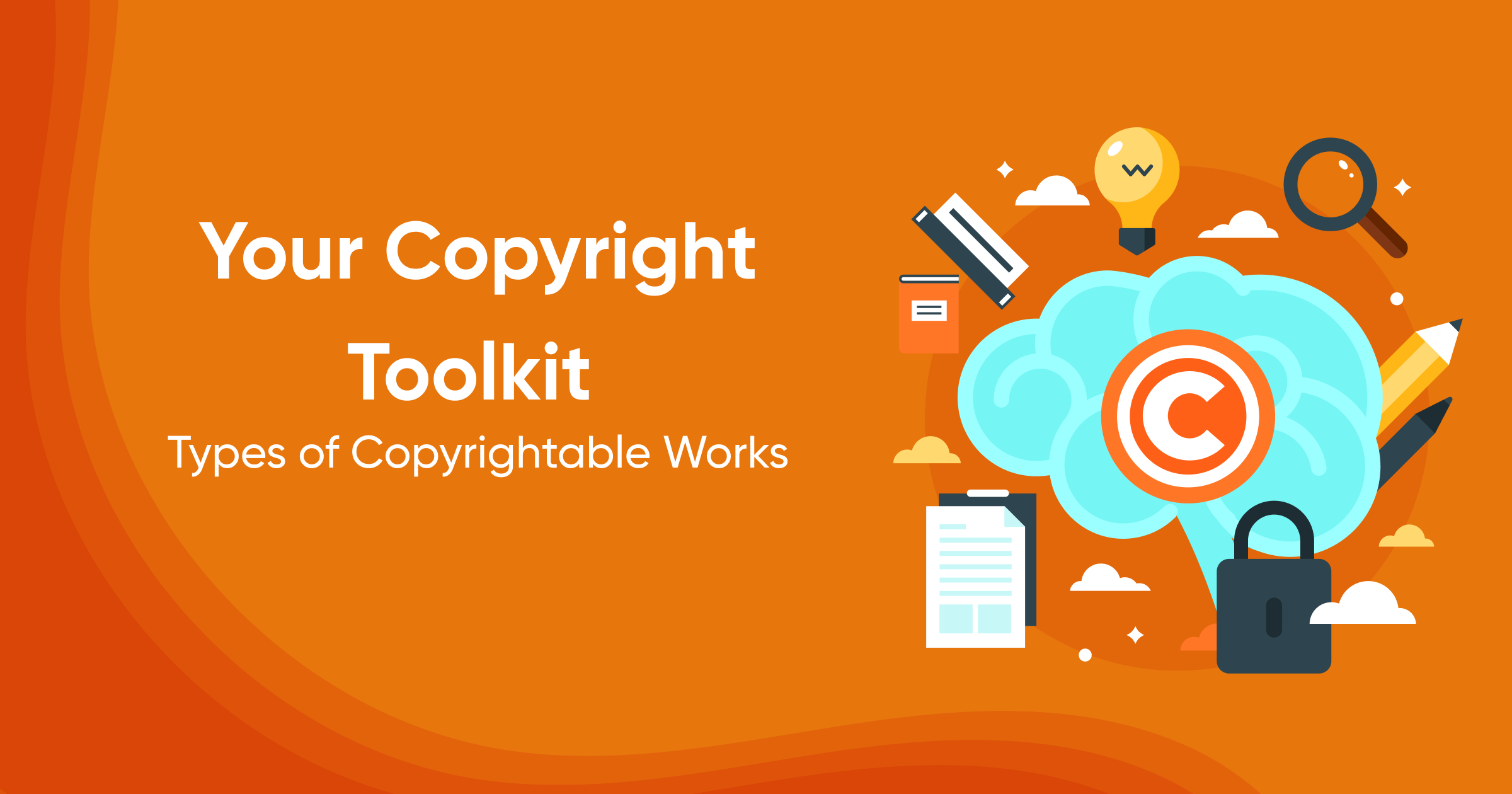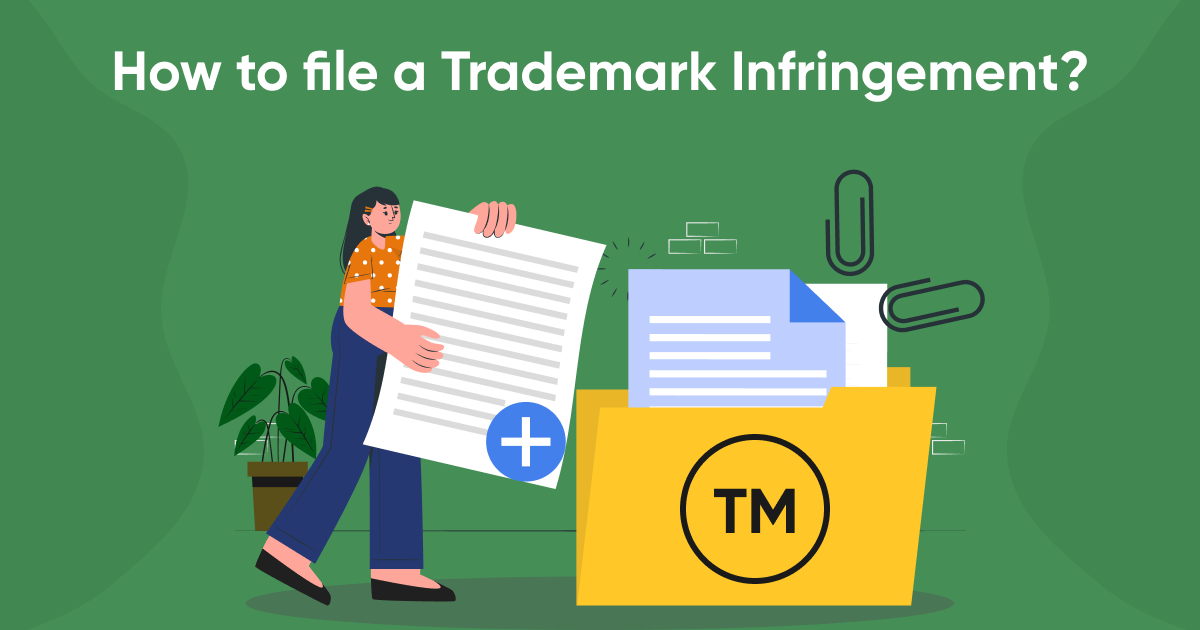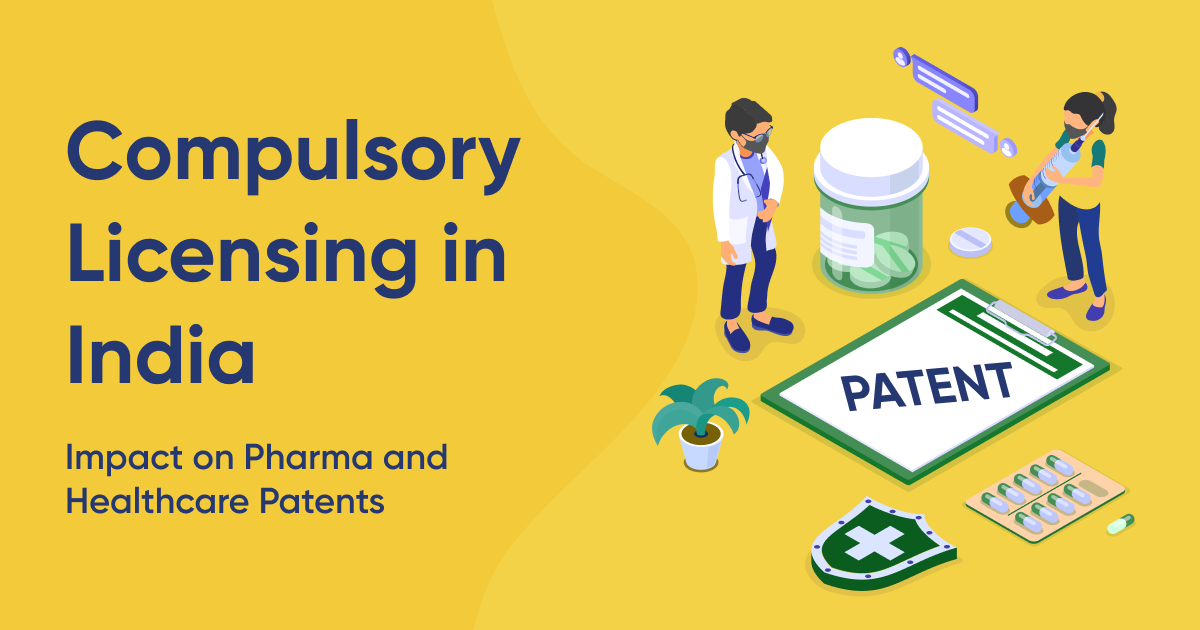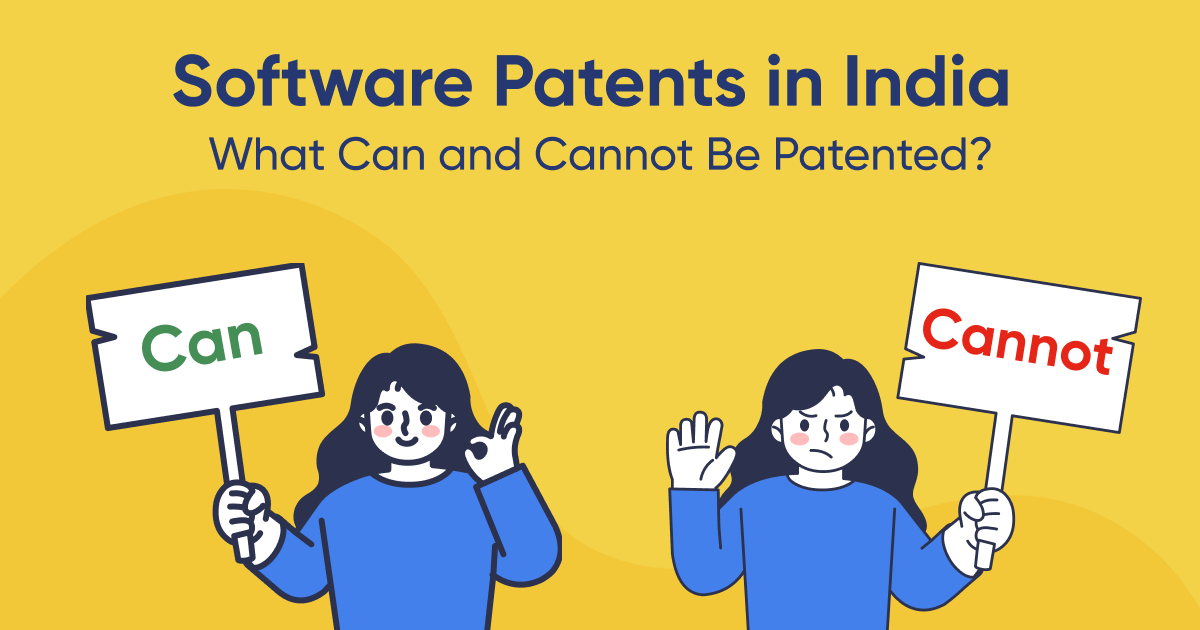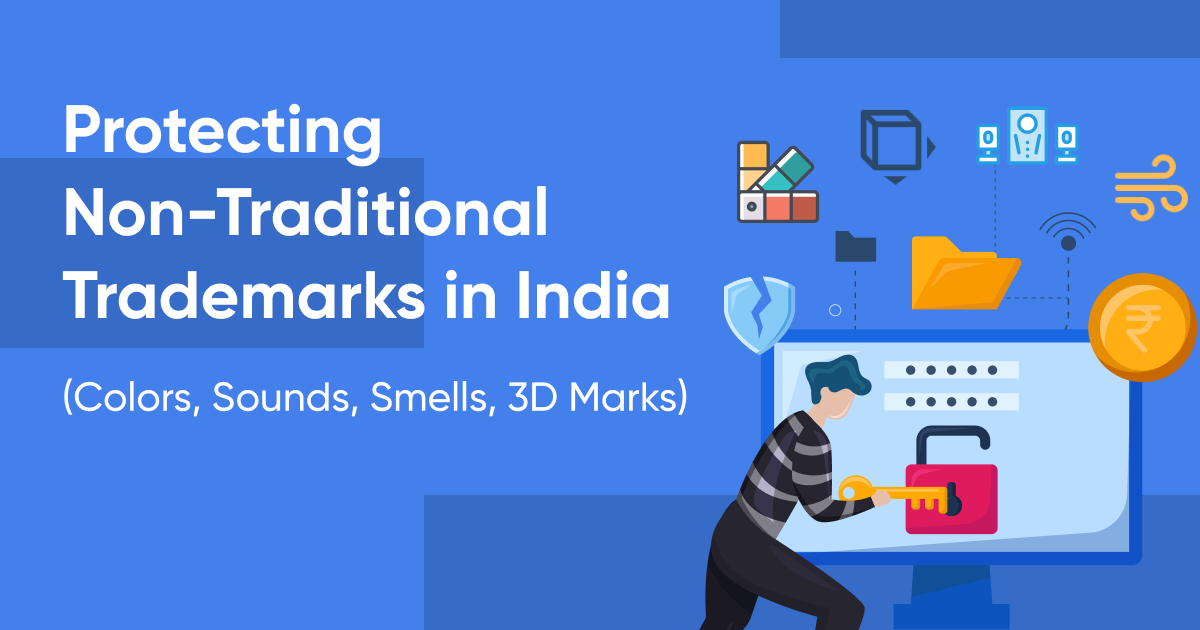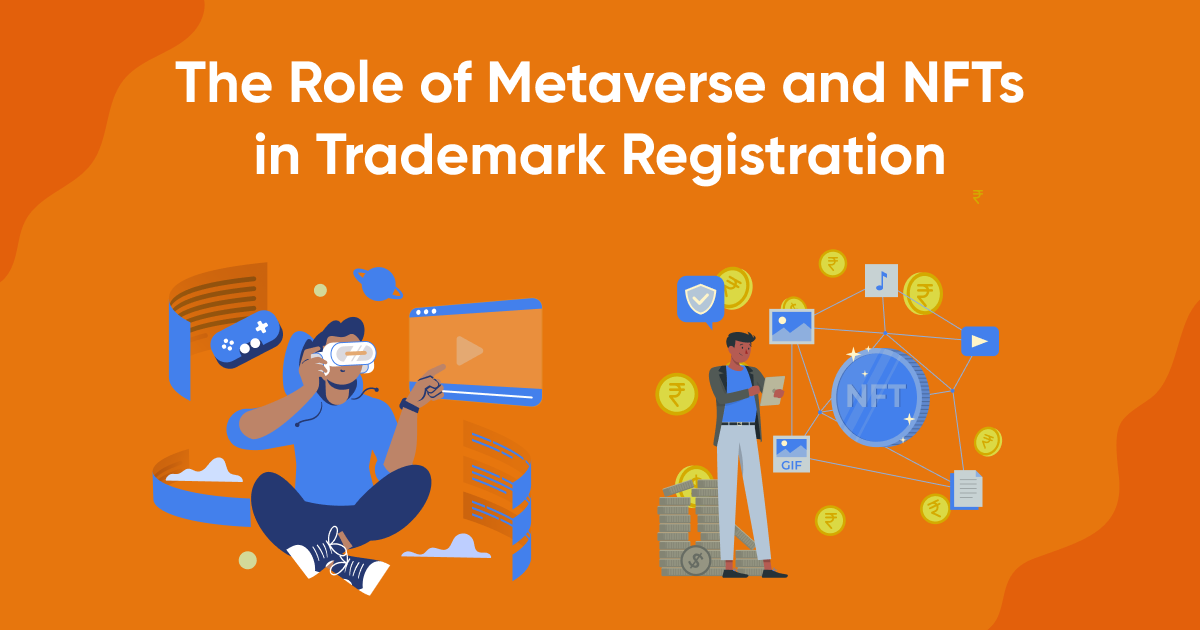The human capacity for creativity is boundless, and copyright law exists to ensure that the fruits of your imagination are protected. Whether you're a seasoned novelist, a budding photographer, or a passionate musician, understanding the law of copyright empowers you to safeguard your original works. But with so many creative avenues, what exactly can you copyright? This comprehensive guide delves into the different types of copyrightable works, explores the elements protected under copyright for each type, and sheds light on some key limitations.
What Can You Copyright? Your Creative Toolkit Explained
Copyright is a branch of intellectual property law that grants the creator of original works exclusive rights for a specific period. These rights typically include:
- Reproduction: The right to control how your work is copied, whether physically or digitally.
- Adaptation: The right to control how your work is transformed into derivative works, such as translations or dramatizations.
- Distribution: The right to control how your work is distributed or sold to the public.
- Public Performance: The right to control how your work is publicly performed or displayed.
- Digital Transmission: The right to control how your work is transmitted electronically, including online.
However, it's crucial to remember that copyright protection isn't automatic. Your work is automatically copyrighted from the moment it's "fixed" in a tangible form, such as writing a poem on paper or recording a song. While copyright registration with the copyright office isn't mandatory, it offers significant benefits, including establishing a public record of your claim and strengthening your legal position in case of infringement.
Different Types of Copyrightable Works
Now, let's embark on a journey through the diverse landscape of copyrightable works:
- Literary Works: This category encompasses the written word in all its glory. Novels, poems, scripts, essays, articles, blog posts, and even social media content with a sufficient degree of originality qualify as literary works. Copyright law protects the specific way you express ideas, not the ideas themselves. So, while you can copyright the unique narrative structure of your sci-fi novel, the concept of space exploration cannot be copyrighted.
- Musical Works: Music lovers, rejoice! Copyright extends its shield to original musical compositions, including songs with lyrics, instrumental pieces, and even jingles. It safeguards both the musical arrangement (the notes and melody) and the lyrics, if present. However, copyright doesn't protect basic musical scales, chords, or common musical phrases that appear in many works.
- Dramatic Works: Plays, screenplays, musicals, and even dance choreography fall under the umbrella of dramatic works. Copyright protects the original expression of a story through a dramatic performance, including the sequence of scenes, the stage directions, and the dialogue. It's important to note that a dramatic work's underlying idea or plot might not be protected by copyright, but the specific way it's presented is.
- Pantomimes and Choreographic Works: These categories encompass the world of movement and physical expression. Pantomimes, which tell a story through mime and gesture, and original dance routines can be copyrighted. Copyright protects the specific sequence and arrangement of movements that make up the work.
- Pictorial, Graphic, and Sculptural Works: This category is a haven for visual artists. Paintings, sculptures, drawings, photographs, graphic designs, and even architectural works qualify for copyright protection. Here, copyright safeguards the original creative expression captured in the work, not the underlying concept or subject matter itself. So, a photograph of the Eiffel Tower can be copyrighted, but the Eiffel Tower itself cannot.
- Sound Recordings: The physical fixation of sounds, such as recordings of musical performances, audiobooks, podcasts, or even lectures, fall under sound recordings. Copyright protects the specific way the sounds are captured and arranged in the recording, not the underlying musical composition or spoken words themselves.
- Cinematographic Works: Movies, television shows, documentaries, and other audiovisual works fall within this category. Copyright protects the way a story is filmed and presented, including the sequence of scenes, the acting performances, the directing, and the cinematography. It's important to distinguish between the copyright in the film itself and the copyright in the underlying screenplay, which might be protected separately.
- Derivative Works: These are works created by transforming or adapting an original copyrighted work. Translations, dramatizations, musical arrangements, and even parodies can be considered derivative works. However, copyright law often requires permission from the copyright holder of the original work before creating and distributing derivative works.
Understanding the Scope of Copyright Protection: What's Guarded and What's Not
Copyright grants creators exclusive rights to their original works, but it's not a shield for everything they produce. Here's a breakdown of what copyright protects and what falls outside its scope:
Guarded by Copyright:
- Original Expressions: This is the heart of copyright. It safeguards the unique way you convey ideas. For instance, a recipe itself isn't protected, but the specific wording and step-by-step instructions in your cookbook are.
- Creative Works in Various Forms: Copyright covers a broad spectrum of creative endeavors, including:
- Literary works: Books, articles, poems, scripts, etc.
- Artistic works: Paintings, sculptures, photographs, graphic designs, etc.
- Musical compositions: Songs, instrumental pieces, etc.
- Films and cinematographic works
- Software
Not Protected by Copyright:
- Ideas and Facts: Copyright doesn't shield the underlying concepts or factual information in your work. Anyone can use the same idea to create something entirely different. For example, the idea of writing a detective novel isn't protected, but the specific plot, characters, and narrative style of your detective story are.
- Short Phrases and Titles: Copyright doesn't extend to short titles, slogans, or names. While a catchy title might be important for your book, someone else can't be stopped from using a similar title for their entirely different work.
- Commonplace Elements: Familiar symbols, design elements, or color schemes generally aren't protected. However, a highly distinctive logo design with a unique arrangement of elements might qualify for copyright protection.
Exploring Copyright: The Difference Between Ideas and Expressions
When discussing copyright, it’s crucial to distinguish between the idea itself and the expression of that idea. This distinction is fundamental to understanding what copyright law protects.
Ideas vs. Expression: The Fundamental Distinction
Ideas are universal concepts or principles that are free for anyone to use. They are not protected under copyright law because they are too broad and abstract. For example, the idea of a "love story," the concept of "time travel," or general methods of cooking food fall into the category of ideas. These are not tied to any specific form and can be implemented or expressed in myriad ways without infringing on anyone's copyright.
Expression refers to the specific way an idea is realized and fixed in a tangible form. This includes the words used in a book, the notes in a musical composition, the strokes on a canvas, or the specific ingredients and steps in a recipe. Copyright law protects these expressions because they represent the original creative choices of the author.
Example: The Case of Recipes
Let's consider the example of a cake recipe:
- Idea: Making a cake by combining flour, eggs, and sugar.
- Expression: The specific instructions on how much flour, eggs, and sugar to use, the type of flour or sugar, additional unique ingredients (like lavender or matcha), the method of mixing these ingredients, baking temperature and time, and the design or decoration of the cake.
The idea of making a cake is too general and is used worldwide in countless variations. However, if you create a unique recipe that specifies using 200 grams of self-raising flour, 100 grams of granulated sugar, three large eggs, 100 ml of olive oil, a teaspoon of vanilla extract, and lavender-infused icing, this specific combination and method become your unique expression. This expression is what copyright protects. If someone else writes down, publishes, or distributes your specific recipe without permission, they may be infringing on your copyright.
Why Does This Matter?
Understanding this distinction helps in:
- Developing new works: Creators can freely draw inspiration from general ideas without fear of legal repercussions but must be cautious about copying specific expressions of those ideas.
- Defending works: Knowing what aspects of your work are protected by copyright can help you defend your rights against infringement.
- Using existing works: When creators wish to use existing works, recognizing this boundary helps in determining whether they need to seek permission or can freely use an idea presented by another creator.
Conclusion: Safeguarding Your Creativity with Copyright
The world of copyright can appear intricate at first glance, but understanding the different types of copyrightable works empowers you to safeguard your creative endeavors. From the evocative prose of a novel to the captivating melody of a song, copyright grants you exclusive rights to control how your original works are used and distributed.
Remember, copyright protection arises automatically upon creation. However, registering your work with the copyright office offers significant advantages. It establishes a public record of your claim, strengthens your legal position in case of infringement, and allows you to claim statutory damages and attorney's fees if your copyright is violated.
As you navigate the creative landscape, staying informed about copyright law's ever-evolving nature is crucial. The digital age has presented new challenges and opportunities, and copyright law continuously adapts to address them. Consulting with a copyright attorney can be invaluable, especially for complex projects or when dealing with potential infringement issues.
Ultimately, copyright serves as a powerful tool to incentivize creativity and ensure creators are fairly compensated for their original works. By understanding the different types of copyrightable works, the scope of protection offered, and the limitations of copyright law, you can effectively wield your "copyright arsenal" and ensure your creative voice is heard and protected. So, keep creating, innovating, and leveraging copyright to safeguard your imagination's fruits!
Frequently Asked Questions:
What is copyright registration, and how is it different from copyright protection?
Copyright registration involves formally registering your work with a national copyright office, which creates a public record of your copyright claim. While copyright protection is automatic upon the creation and fixing of the work in a tangible medium, registration strengthens your legal position by providing prima facie evidence of copyright ownership, which is especially useful in infringement cases.
Can I copyright an idea or concept?
No, copyright does not protect ideas, concepts, procedures, methods, systems, processes, or discoveries. Copyright protects the original expression or manifestation of ideas, such as how the idea is described, explained, or illustrated in a tangible form like writing, music, or art.
What are derivative works, and when do I need permission to create them?
Derivative works are new works based on or derived from one or more existing works (like a sequel to a book, a film adaptation of a novel, or a remix of a song). Creating a derivative work typically requires permission from the copyright holder of the original work, unless the new work qualifies for exceptions such as fair use.
How long does copyright protection last?
In most countries, copyright protection lasts for the lifetime of the creator plus a certain number of years (usually 50 to 70 years after the creator's death). For anonymous, pseudonymous works, or works made for hire, the duration might be different, typically 95 years from publication or 120 years from creation, whichever is shorter.
What is considered fair use, and how can I determine if my use qualifies?
Fair use allows limited use of copyrighted material without permission for purposes like criticism, teaching, or research. Determining fair use involves evaluating the purpose, nature, and amount of the material used, and its effect on the work's market value. The assessment can vary, so it's advisable to consult with a copyright expert if unsure.
